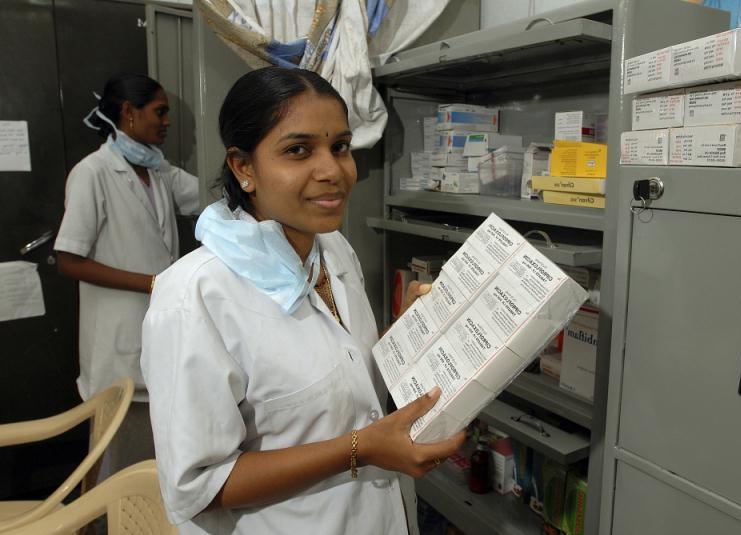By: Amy Balog
Send to a friend
The details you provide on this page will not be used to send unsolicited email, and will not be sold to a 3rd party. See privacy policy.
Many developing countries still lack the infrastructure to dispense drugs against neglected tropical diseases (NTDs), with up to US$300 million a year needed to address this, according to a report.
The progress report on the London Declaration, a 2012 commitment by a coalition of governments, health organisations and businesses to combat NTDs, found that drug delivery remains a crucial problem. It says that companies supply around US$3.8 billion worth of drugs to treat NTDs every year, but more money is needed to get them to affected areas and administer them correctly.
“The challenge is to make resources available to get all the required medicine to the people.”
Dirk Engels, WHO
“We have an abundance of cure,” said Desmond Swayne, the United Kingdom’s international development minister, during the report’s launch last week (25 June) in London. “The problem isn’t our ability to provide a cure. It’s our will to provide the infrastructure that can deliver it to the sufferers.”
The report says US$200-300 million a year is needed up to 2020 to make drug delivery more effective. It says that Bangladesh and the Philippines have been the most successful countries at using domestic resources to administer NTD drugs, with their public health systems fulfilling 85 per cent and 94 per cent respectively of this work.
Neglected tropical diseases comprise various conditions that are prevalent in poor countries around the equator, but receive little international attention due to their limited spread. They include leprosy, river blindness, Chagas’ disease and sleeping sickness.
Uniting to Combat Neglected Tropical Diseases, the coalition behind the report, aims to control or eliminate ten NTDs by 2020. It did this in response to the World Health Organization’s 2012 roadmap to tackle 17 NTDs by 2020 through vector control, better disease management and improved sanitation.
For example, many NTDs are easily tackled by preventive chemotherapy and transmission control (PCT), a process that combines large-scale drug administration programmes with efforts to improve sanitation and raise awareness of how the diseases are spread. But in 2014, just 43 per cent of people in countries where PCT was available received such treatment, compared with 35 per cent in 2008, the report says.
“I don’t know if the targets are going to be completely achieved, but we will come very close,” he says. “The challenge is to make resources available to get all the required medicine to the people.”
References
Country leadership and collaboration on neglected tropical diseases (Uniting to Combat NTDs, 25 June 2015)














